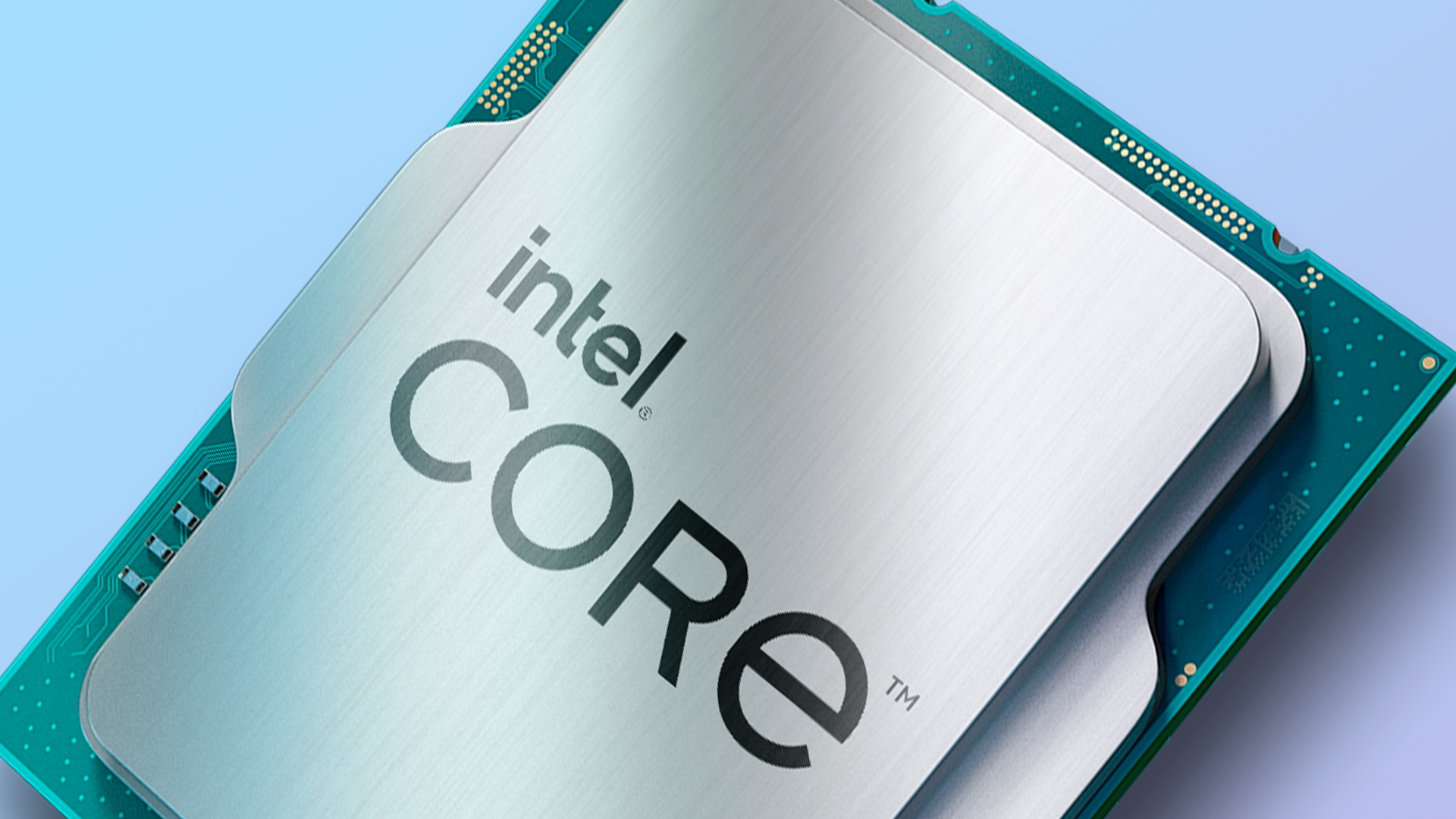Intel just announced the rest of the Raptor Lake Refresh lineup. In addition to the K-series processors launched last year, the 14th Gen now includes the Core i5 14500, 14400, and Core i3 14100, alongside new low power variants of most chips.
You’ll find the same architecture used (mostly) throughout the 13th and 14th Gen: Raptor Lake. With the 14th Gen parts, however, you can expect marginally higher clocks.
In the case of the budget-friendly Core i5 14400F, you’ll score an extra 100MHz on the P-core Max Turbo clock and 200MHz on the E-core Max Turbo clock versus the 13400F. The Core i5 14500 delivers 200MHz extra across both types of core, and the 14100 is 200MHz faster, though it doesn’t have any E-cores.
That’s about what we’ve come to expect from the 14th Gen, and ultimately it’s unlikely we’ll see major frame rate improvements over the closely related 13th Gen. In my experience reviewing the 14600K and 14900K, there’s not much to be gained for the slightly quicker clock speeds. Sure, it’s nice to have, but only if it’s not going to cost you anything.
The one chip I’ve recently reviewed that I’m actually a fan of is the Core i7 14700K, though this chip also brings four more E-cores to the table and as such is a genuine improvement on what came before.
Unfortunately there’s no such step-up in core count for any of cheaper 14th Gen processors just announced. In fact, in the case of these cheaper Raptor Lake Refresh chips, they’re still using what effectively amounts to Alder Lake dies. You see one of the benefits to the Raptor Lake architecture over Alder Lake, originally used in the 12th Gen, was an increase in L2 cache per core—from 1.25MB per P-core and 2MB per E-core cluster to 2MB per P-core and 4MB per E-core cluster. If you tot up the cores and cache for the 14500, 14400, and 14100, you’ll notice they’re still equivalent to Alder Lake dies.
That’s not to say they’re explicitly Alder Lake dies, as they may be Raptor Lake dies that have been trimmed down, but they’re Alder Lake equivalent nonetheless.
(Image credit: Future)
Best CPU for gaming: The top chips from Intel and AMD.
Best gaming motherboard: The right boards.
Best graphics card: Your perfect pixel-pusher awaits.
Best SSD for gaming: Get into the game ahead of the rest.
The other chips announced today include the non-K SKUs for the 14th Gen lineup, such as the Core i9 14900, which tend to be lower power versions most often found in pre-builds. Also the T-series, which are even lower power still. And the iGPU-less F-series.
Intel has also taken the wraps off its 14th Gen HX-series mobile chips. You’ll find pretty much more of the same here: a couple hundred megahertz generally separate these from their 13th Gen counterparts.
However, the 14900HX appears to occupy the same space as the Core i9 13980HX. The Core i9 13900HX was quite a bit slower. I suspect Intel just went for all-out performance for the top 14th Gen HX chip as further down the stack they’d effectively only be rebadging 13th Gen chips.
These new 14th Gen HX-series processors will be able to use Intel’s Application Optimizer software, which helps boost performance and utilisation in supported games. It’s pretty limited in scope right now, though Intel says the list of supported titles has grown and now includes F1 22, Strange Brigade, World War Z, Dirt 5, and World of Warcraft. Still nowhere close to a must-install feature but it shouldn’t hurt to have it switched on.
Not a wildly exciting announcement all-in, though alongside both of these announcements I’ve also scored hands-on time with its genuinely interesting Meteor Lake Core Ultra processors. We’re expecting these to make it into some gaming laptops, though admittedly these HX chips will remain the pick for many of the best gaming laptops.











